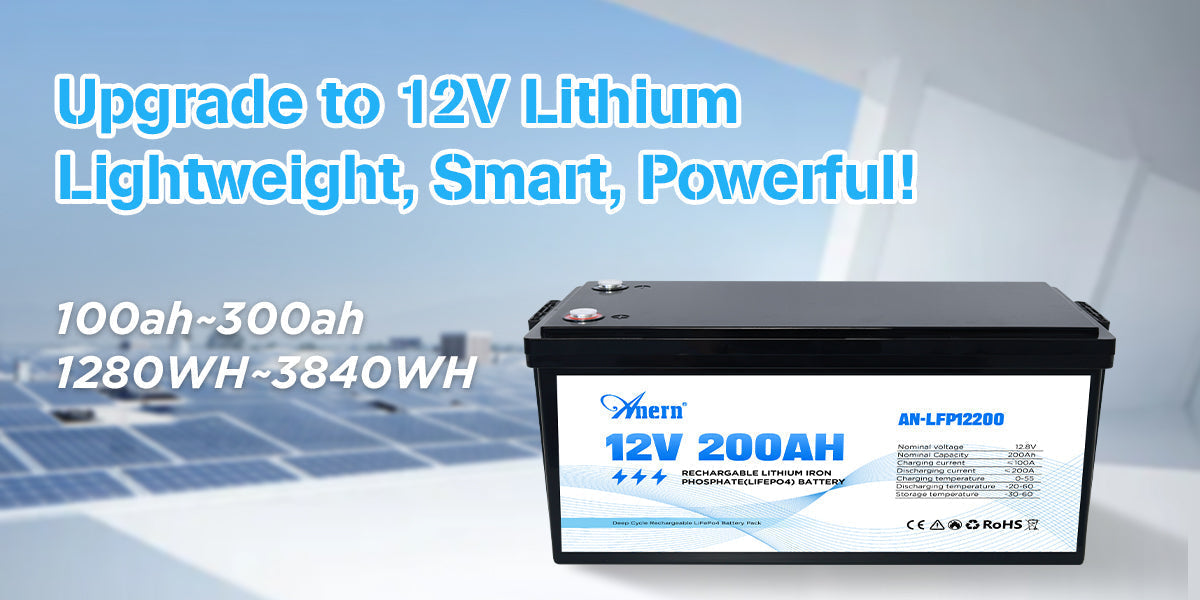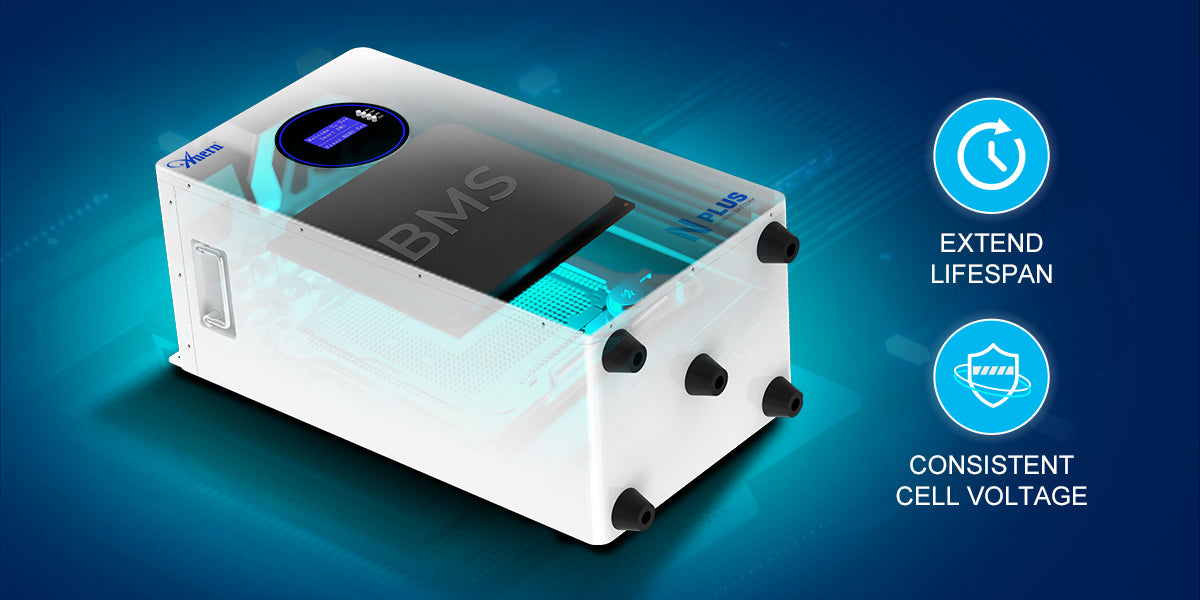Outages pause sales, slow teams, and stress customers. A clear plan restores control. A LiFePO4 battery gives steady power, strong safety, and long service life with light upkeep. This guide is practical for business sites. You will learn how to judge the chemistry, size the bank, choose the right specs, deploy a clean setup, and review cost with simple steps.
Why Is LiFePO4 the Best Battery Chemistry for Power Outages?
Start with behavior under stress. A LiFePO4 battery holds a stable voltage during charge and discharge and resists thermal events under proper use. This stability supports clean power when the grid fails and smoother recovery once it returns.
Key results you can expect:
- Safer operation during high load and recharge
- More usable capacity for the same rated size
- A long cycle life that supports years of standby service
What Safety Checklist Should Your LiFePO4 Backup System Pass?
Safety comes from design choices and repeatable routines. Confirm each point before purchase and again during commissioning. Record outcomes in your operating procedure so staff can follow the same steps every time.
Look for these items:
- A battery management system that protects voltage, current, and temperature
- Correct cable gauge, solid terminations, fusing, and clear labels
- Adequate ventilation space and a clean, dry mounting location
- A commissioning plan that includes an initial charge, a capacity check, and a log review
A LiFePO4 battery with a capable BMS reduces daily attention. You still keep simple checks on a schedule so small issues do not become downtime.

How to Size LiFePO4 for Backup Power in Your Business
Sizing starts with loads and hours. Then adjust for inverter efficiency and a small reserve. This example shows the flow. Replace the numbers with your own devices and run the same steps.
| Load | Watts | Hours needed | Energy (Wh) |
| Point of sale | 80 | 6 | 480 |
| Router and switch | 30 | 8 | 240 |
| Small server or recorder | 150 | 6 | 900 |
| LED lighting, select areas | 100 | 4 | 400 |
| Total | 2,020 |
Convert 2,020 watt-hours to 2.02 kilowatt-hours. Account for an inverter at about 90 percent efficiency. Add a 20 percent reserve for starts and growth. The result is roughly 2.69 kilowatt hours. Round to 3 kilowatt hours for a tight fit or 4 kilowatt hours for future load. Choose a LiFePO4 battery bank that meets this capacity and fits your space.
These tips keep sizing honest:
- List only critical circuits for outage use
- Confirm surge needs for motors and compressors
- Decide which loads you can shut down early
Which Specs Make a Lasting Battery for Power Backup?
Specs translate to behavior in the field. Read them in the same order every time so nothing slips. The right group of specs keeps the bank healthy and predictable across seasons.
Focus on:
- Cycle life at the stated depth of discharge and your typical temperature range. Pick ratings that reflect your real DoD and site climate. Higher cycle life at 70–80% DoD means fewer replacements over time.
- Continuous and surge currents that match the inverter draw and device start-up. Size for the inverter’s continuous load with a safety margin. Confirm the battery can supply the inverter’s surge window for the stated seconds.
- Low-temperature charge protection and clear charge-voltage limits. Charging should pause below freezing. Follow the maker’s recommended charge and float ranges, and keep equalize charging disabled.
- Rules for series or parallel use and reliable state of charge readings. Use identical packs, balance them before linking, and run equal-length leads to a common busbar. Prefer systems that share the SOC with the inverter via communication.
Write these points into your purchase spec and acceptance test. A LiFePO4 battery that meets each point will deliver reliable service for years and avoid surprises.
How to Deploy a LiFePO4 Power Outage Battery Solution with Confidence
Pick the topology that fits your cutover needs and room layout. Then document behavior under test so everyone knows what happens during an outage.
Option one places an online or line-interactive UPS on the critical rack. Cutover is fast and wiring stays neat. This fits the point of sale, networking, and small servers.
Option two feeds a protected subpanel from an inverter and a LiFePO4 lithium battery bank with an automatic transfer switch. This separates critical and non-critical circuits and supports wider coverage across rooms.
Keep two habits as you deploy:
- Label each breaker and outlet on the protected panel
- Run a live drill on a quiet day and record the time to cutover and the time to recharge
What Is the Real TCO of LiFePO4 vs Common Alternatives?
Total cost comes from several places. You pay to buy and install. You pay for efficiency losses and scheduled checks. You also pay when a system needs early replacement or causes downtime. A LiFePO4 battery usually stretches the replacement interval and reduces routine service, which lowers the total cost.
Use this small worksheet:
| Cost item | Notes to fill in |
| Purchase and installation | Bank size, inverter, wiring, labor |
| Efficiency and standby | Inverter losses and idle draw |
| Scheduled maintenance | Time blocks for logs, cleaning, and torque |
| Replacement timing | Years until capacity falls below your floor |
| Downtime impact | Revenue or service loss per hour |
Compare options using your own data. The worksheet shows how longer cycle life and stable behavior change the totals in your favor.
Quick Operations SOP to Keep the System Ready
Light routines keep uptime high. Keep them short so teams complete them without delay. These steps cover most sites and require little time.
Quarterly checks include a log review, a quick look at terminals and insulation, and a firmware check for the battery and the inverter. Annual checks include a controlled discharge to a known state of charge and a capacity note. Update the load list and hours to reflect current operations. Remove devices that are no longer critical. Add new ones with the next sizing pass. These steps keep your LiFePO4 battery ready for work and keep records clean for audits.
Reliable LiFePO4 Backup You Can Plan Around
Grid events can happen any day. A LiFePO4 battery gives steady backup and simple care. List critical devices and hours. Size the bank with a small reserve. Verify key specs during acceptance. Deploy a UPS for racks or an inverter with a transfer switch for larger areas. Run a drill and log the results.
This plan keeps sales and service running and keeps your team calm. It also builds a clear record for leadership. With a clear checklist and a basic SOP, your LiFePO4 battery backup will stay ready when the grid goes dark.
FAQs
Q1. May the solar and the grid be utilised together to charge the LiFePO4 backup?
Yes, if the hybrid inverter has dual inputs. Establish charge priority and current limits. Keep the array within the MPPT voltage and current range of the inverters. Implement anti-islanding. Implement time-of-use scheduling to reduce demand charges. Commission with full functional test prior to the point that you start relying on it.
Q2. For a residential or small commercial installation, which documentation do inspectors typically ask for?
Develop a site plan, single-line diagram, and data sheets with safety listings. General references can range from UL 1973 batteries to UL 9540 energy storage systems and UL 1741 inverters to NEC and NFPA 855 notes. Include labels, shutdown placards, and manuals. Discuss final requirements with your AHJ.
Q3. Will the LiFePO4 system be usable within a generator?
Yes. With an automatic transfer switch, separate the sources. Most inverters accommodate generator-start contacts, initiated by voltage or state of charge. Review neutral-ground bonding regulations and the range of frequency/voltage. Don't allow backfeed between the sources. Test start, load pick up, and recharge time under actual loads prior to releasing your runbook.
Q4. How do I safeguard fragile IT equipment against issues of power quality?
Select a low total harmonic distortion pure-sine inverter, ideally less than three percent. Supply Type 2 surge protection on the service and the protected subpanel. Keep the cables separate for the data and DC. Provide an online UPS at the rack level on servers. Provide grounding and bonding checking to suppress noise and transients.
Q5. How will I budget for the end-of-life of batteries and recycling?
Establish a retirement threshold, usually 70–80 percent of the original rating. Sell to a qualified recycler that recovers LiFePO4. Keep packs at 30–50 percent state of charge prior to shipping, insulate the terminals, and comply with hazmat packing regulations. Keep the serial number and paperwork for traceability. Be inclusive of the handling and shipping expenses.





Leave a comment
All comments are moderated before being published.
This site is protected by hCaptcha and the hCaptcha Privacy Policy and Terms of Service apply.